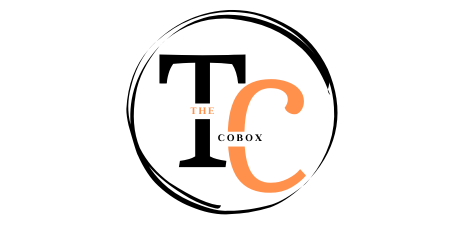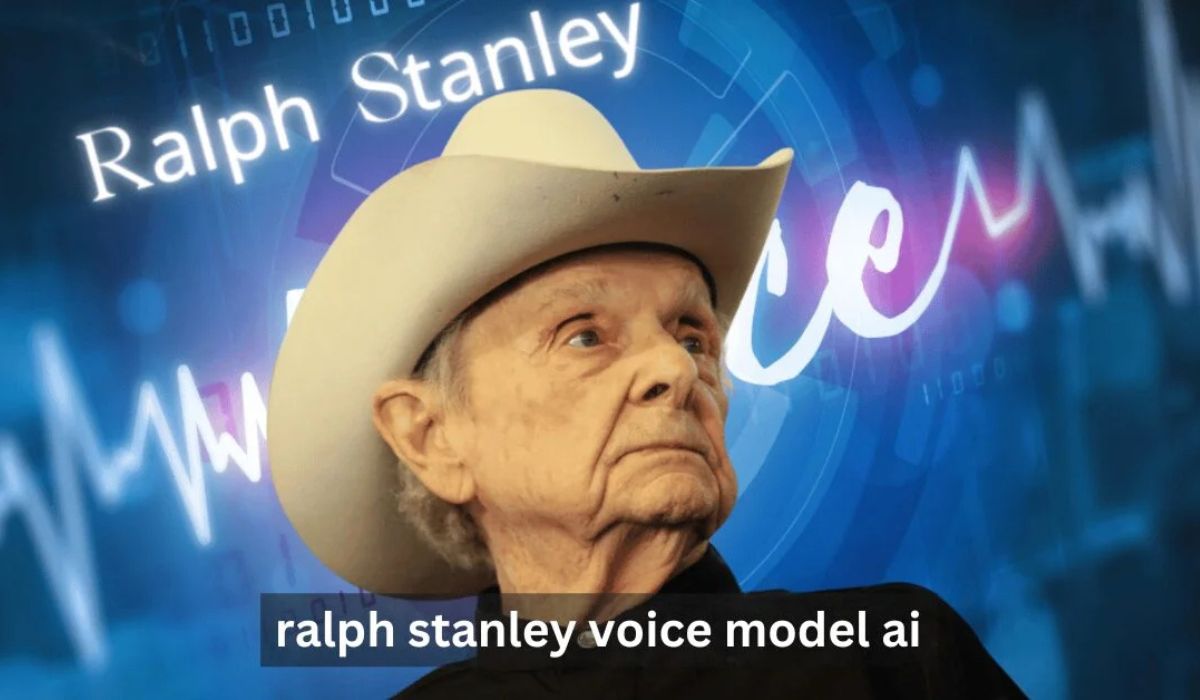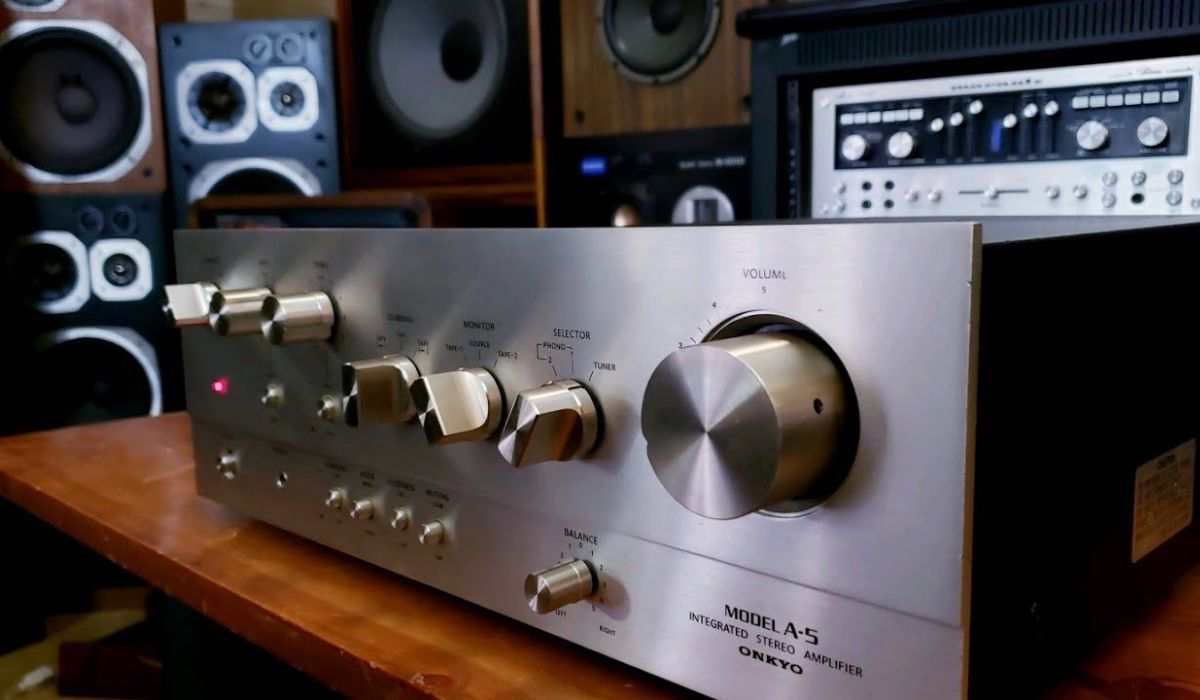Introduction
Ralph Stanley’s voice echoes through the corridors of bluegrass music history, a symbol of authenticity, emotion, and timelessness. With the advent of modern technology, we now have the ability to recreate this iconic voice using artificial intelligence. The Ralph Stanley voice model AI offers a novel way to generate speech or songs that mimic his unique vocal characteristics. This innovative technology captures Ralph Stanley’s distinctive tone, inflections, and style by training an AI model on a comprehensive dataset of his recordings.
AI voice models have revolutionized how we perceive and interact with sound. From Kanye West to Riggy AI voices, these models are redefining creative expression. But how exactly do they work, and what potential do they hold for the future? In this article, we explore the fascinating world of Ralph Stanley’s voice model AI, its applications, ethical considerations, and how you can harness its power.
How AI Voice Models Work
At the heart of AI voice models lies the concept of machine learning, a branch of artificial intelligence that enables computers to learn from data. To create a voice model, a vast amount of audio recordings from a specific voice, like Ralph Stanley’s, are collected and processed. This data is then fed into machine learning algorithms that analyze the voice’s unique patterns, nuances, and characteristics.
Data Collection and Training Process
The initial step in developing an AI voice model involves amassing high-quality recordings of the target voice. For Ralph Stanley’s model, this means collecting hours of his music, interviews, and performances. The AI system then extracts features such as pitch, tone, rhythm, and phrasing to understand his vocal style. The accuracy of the model hinges on the quality and diversity of the data used.
Role of Machine Learning Algorithms
Machine learning algorithms play a pivotal role in training the AI model. They identify patterns and correlations within the data, allowing the model to predict and generate new vocal samples that closely resemble Ralph Stanley’s voice. These algorithms utilize neural networks, specifically deep learning architectures, to enhance the model’s ability to capture intricate vocal details.
Importance of High-Quality Data
High-quality data is essential for achieving realistic and accurate AI-generated voices. The more diverse and comprehensive the dataset, the better the AI model can mimic Ralph Stanley’s voice. This includes capturing different emotions, singing styles, and speaking tones, ensuring the model’s versatility and adaptability.
The Power of Ralph Stanley’s Voice Model AI
Ralph Stanley’s voice is renowned for its raw emotion, soulful delivery, and distinct Appalachian twang. The Ralph Stanley voice model AI encapsulates these elements, offering a range of applications for creators and enthusiasts alike.
Unique Characteristics of Ralph Stanley’s Voice
Ralph Stanley’s voice possesses a unique blend of melancholy and warmth, characterized by its high-pitched tenor and distinct phrasing. The AI model captures these nuances, allowing users to generate content that echoes his legendary style. Whether it’s the haunting resonance of “O Death” or the heartfelt delivery of “Man of Constant Sorrow,” the AI model preserves the essence of Ralph Stanley’s voice.
Versatility in Various Applications
The Ralph Stanley voice model AI isn’t limited to reproducing classic songs. It empowers creators to compose original music in Stanley’s style, offering endless possibilities for innovation. This versatility extends beyond music, encompassing areas like voice acting, audiobooks, and interactive media. The AI model enables users to add an authentic touch to diverse projects, enriching storytelling and artistic expression.
Creative Expression and Innovation
The Ralph Stanley voice model AI is a tool for creative expression, inviting artists to explore new avenues of sound and storytelling. Whether you’re a musician seeking to infuse your compositions with a touch of bluegrass heritage or a filmmaker looking to incorporate authentic Appalachian narration, this AI model opens doors to innovation and cultural preservation.
Real-World Applications
Music Production
In the realm of music, the Ralph Stanley voice model AI is a game-changer. Musicians can use it to generate original compositions that pay homage to Stanley’s legacy. Imagine crafting new songs with the soulful essence of Ralph Stanley, creating covers of beloved classics, or even adding vocals to instrumental tracks. The AI model provides musicians with a powerful tool to experiment and create in the spirit of a bluegrass legend.
Voice Acting and Audiobooks
Beyond music, the AI model finds its place in voice acting and audiobooks. Narrators can employ Ralph Stanley’s voice to breathe life into stories, enriching audiobooks and podcasts with an authentic touch. Additionally, voiceovers for videos and animations can achieve a unique charm by incorporating Stanley’s distinct vocal style. The AI model also plays a role in developing interactive voice response systems, enhancing user experiences with captivating narration.
Education and Research
In the fields of education and research, the Ralph Stanley voice model AI offers valuable insights. Researchers can analyze vocal patterns and techniques, gaining a deeper understanding of Stanley’s singing style and its cultural significance. Furthermore, the AI model contributes to preserving cultural heritage and historical voices, ensuring that Ralph Stanley’s legacy endures for future generations. It also serves as a foundation for developing new speech synthesis technologies, advancing the capabilities of AI-driven audio.
Ethical Considerations and Future Implications
With great power comes great responsibility. The development and use of AI voice models raise important ethical considerations that must be addressed.
Ethical Implications
AI voice models, including Ralph Stanley’s, present ethical challenges, particularly concerning deepfakes and misuse. The ability to imitate a person’s voice raises concerns about authenticity and consent. Ensuring responsible usage and obtaining proper permissions are crucial steps in mitigating ethical risks.
Copyright Issues
Another critical consideration is copyright. AI-generated content that mimics a specific artist’s voice could potentially infringe on copyright laws. Proper licensing agreements and permissions are essential to avoid legal complications and respect the intellectual property rights of artists like Ralph Stanley.
Responsible AI Development
To harness the potential of AI voice models responsibly, developers must prioritize transparency, accountability, and ethical standards. Collaboration between technologists, artists, and legal experts can help establish guidelines that safeguard against misuse while fostering innovation.
Future of AI Voice Models
The future of AI voice models holds immense promise. Continued advancements in machine learning and speech synthesis will likely lead to even more realistic and versatile voice models. These innovations may further transform industries such as entertainment, education, and communication. However, striking a balance between technological progress and ethical considerations will remain paramount.
How to Use Ralph Stanley’s Voice Model AI
Harnessing the power of Ralph Stanley’s voice model AI is a straightforward process that allows you to create content that resonates with the essence of his voice.
Step-by-Step Guide
- Choose a Suitable AI Voice Model Platform
Begin by selecting a reputable platform like PlayHT or Vidnoz that offers Ralph Stanley’s voice model. These platforms provide user-friendly interfaces to facilitate the creation process.
- Prepare Your Input Text or Script
Craft your content by preparing the text or script you wish to convert into Ralph Stanley’s voice. Whether it’s a song, narration, or dialogue, ensure the content aligns with Stanley’s style.
- Customize the Voice Model’s Parameters
Adjust the AI model’s parameters to fine-tune the output. This may include modifying pitch, speed, and tone to achieve the desired vocal characteristics.
- Generate the Audio Output
Once you’re satisfied with the customization, generate the audio output. The AI model will process your input and produce the final audio file, capturing the essence of Ralph Stanley’s voice.
- Fine-Tune the Results
Review the generated audio and make any necessary adjustments to ensure it aligns with your vision. This may involve tweaking specific segments or refining the overall delivery.
Recommended Tools and Platforms
To achieve optimal results, consider using reputable tools and platforms like PlayHT and Vidnoz. These platforms offer intuitive interfaces and robust features to facilitate the creation process. Explore additional resources to discover other relevant tools that align with your creative goals.
YOU MAY ALSO LIKE: Stagg 21 Kalimba Tuning Software for Mac Makes Perfect Sound
Conclusion
The world of AI voice models has opened up exciting opportunities for creative expression, cultural preservation, and technological advancement. Ralph Stanley’s voice model AI stands as a testament to the power of innovation, offering a unique way to recreate the timeless charm of a bluegrass legend. From music production to voice acting, the potential applications are boundless.
However, as we venture into this new frontier, it’s crucial to approach AI voice models with a sense of responsibility and ethical awareness. By prioritizing transparency, respecting copyright, and fostering collaboration, we can ensure that AI technology serves as a force for positive change.
Whether you’re an artist, educator, or technologist, the Ralph Stanley voice model AI invites you to explore new dimensions of creativity and storytelling. Sign up for Jasper for free and unlock the potential of this groundbreaking technology. Together, let’s preserve the legacy of Ralph Stanley while forging a path toward a future where AI empowers and inspires.
FAQs
What is the Ralph Stanley voice model AI?
The Ralph Stanley voice model AI is an artificial intelligence technology that recreates Ralph Stanley’s distinct vocal characteristics. It allows users to generate speech or songs that mimic his unique tone, inflections, and style.
How does the AI model capture Ralph Stanley’s voice?
The AI model captures Ralph Stanley’s voice by training on a comprehensive dataset of his recordings. This includes analyzing features such as pitch, tone, rhythm, and phrasing to replicate his vocal nuances accurately.
What are the ethical considerations of using AI voice models?
Ethical considerations include concerns about deepfakes, misuse, and copyright issues. Responsible usage, obtaining proper permissions, and adhering to legal guidelines are crucial to address these challenges.
Can AI voice models be used for music production?
Yes, AI voice models like Ralph Stanley’s are valuable tools for music production. They enable musicians to generate original compositions, create covers of classic songs, and add vocals to instrumental tracks.
What platforms offer Ralph Stanley’s voice model AI?
Platforms like PlayHT and Vidnoz offer Ralph Stanley’s voice model AI. These platforms provide user-friendly interfaces and robust features for creating content that captures the essence of his voice.











